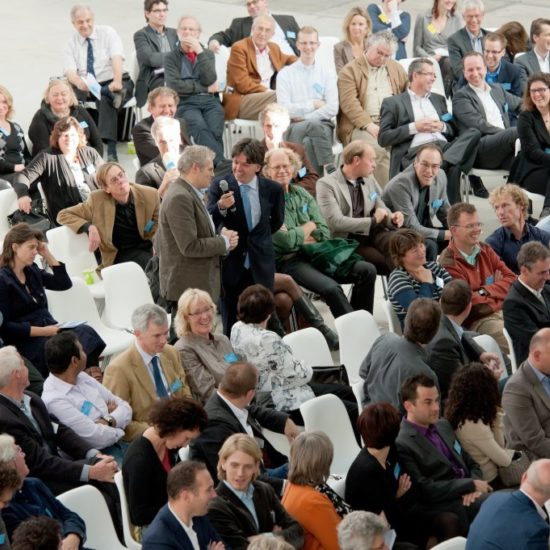For decades, lectures and panel discussions have dominated meeting agendas. Presenters impart wisdom, attendees listen and take notes. But this one-way transmission of information has limitations:
- Poor retention: When participants are passive, they retain as little as 10% of content. Interactivity boosts memory and learning.
- Lack of customization: One-size-fits-all lectures fail to address diverse needs and interests in the room.
- Minimal engagement: Participants tune out during lengthy speeches with no chance to participate. Their attention spans wander.
- No application: Sit-and-listen formats don't require attendees to apply insights. Yet application is key for transforming learning into action.
The Power of Interactivity
More organizations are incorporating interactive elements into sessions to reap these benefits:
- Improved retention: When session participants are active, retention can skyrocket to over 75%. Activities like small group discussions cement learning.
- Customization: Interactive formats allow attendees to explore topics relevant to them, addressing their specific pain points and interests.
- Heightened engagement: Interactive sessions provide variety, stimulating engagement through modalities like discussion, debate, and hands-on work.
- Real-world application: Interactive work formats give attendees chances to practice using skills and implement insights in scenario exercises. This builds confidence and competence.
Rethinking Work Formats
Here are some interactive session formats to consider:
- Small group discussions: Break into groups of 4-8 to share perspectives and have more intimate conversations.
- Hands-on workshops: Give participants chances to build skills through practice exercises, role play, simulations, and other active learning techniques.
- Interactive panels or interviews: Incorporate Q&A sessions, live polling, or moderated conversations to make panels & interviews two-way interactions.
- Participant showcases: Give attendees opportunities to present on their work, approaches, and results. This provides customization and interactivity.
Start Experimenting
The bottom line is that knowledge transmission alone is insufficient. Adult learning or behavorial change requires engagement in the process and time to digest, reflect, implement. As you design your next session, look for ways to make the experience interactive. Experiment with new work formats that place participants at the center of the experience.
For example, the Interactive Work Formats Workshop from Masters in Moderation provides hands-on training in leading engaging sessions. Through role play and practice, this workshop brings interactivity to life, empowering you to rethink traditional one-way speaking formats.
You may be surprised by how interaction unlocks deeper insights, connectivity, and action. It's time to create more engaging, participant-centered sessions that drive impact.


